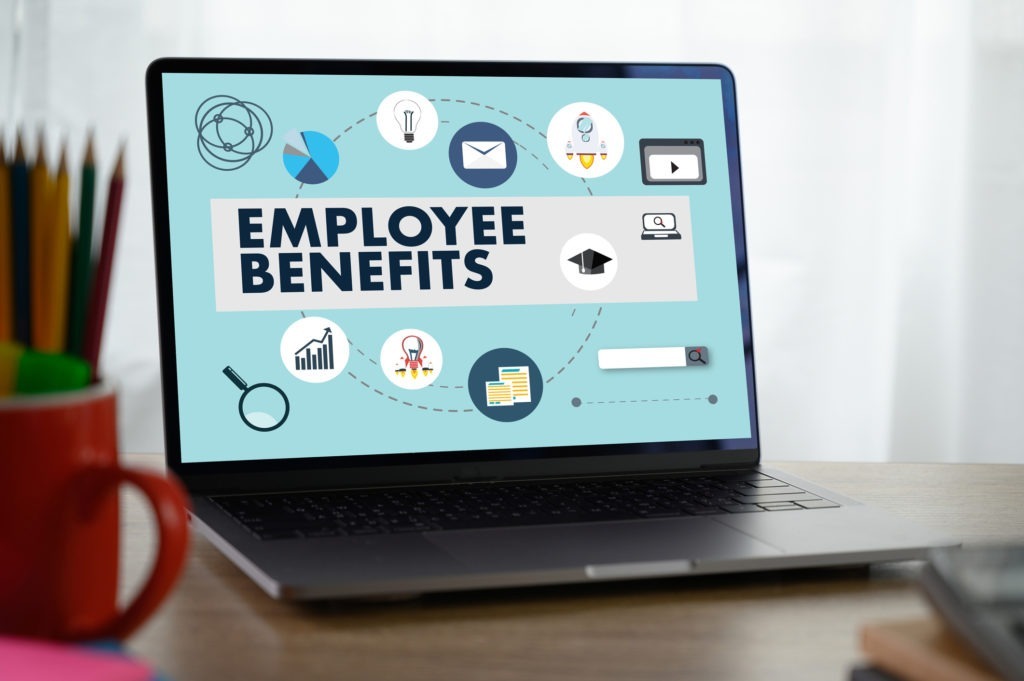Employees are nervous. They are worried about their safety as they return to work, according to a recent Harris Poll. It reveals that 67 percent of employees are feeling more stressed due to COVID-19. But their concerns don’t stop there. There are nagging issues like the future of the company and their jobs, how they’ll be able to pay their bills, and what happens if they get sick. The anxiety is a natural response to unnatural circumstances.
Humans fear the unknown and the only thing certain about COVID-19 is that it’s still spreading. “The pandemic is taking its toll on our minds and our emotions in a million little ways,” says Society for Human Resource Management President and CEO Johnny C. Taylor.
How can small businesses help employees cope?
One answer is the human aspect of leadership. Being sensitive and treating staff with empathy and compassion during this unprecedented time is essential.
Another answer is employee benefits. Now is the time for more communications about the resources in your current benefit plans. It’s also the time to re-evaluate your benefits to adapt to new employee attitudes.
Flexible Work Arrangements
In many industries, remote work is no longer a luxury, it’s a new way of doing business because it not only helps prevent the spread of illness, it actually increases productivity. Employees who have traded long commutes and longer hours with comfortable at home arrangements are now expecting to be able to work remotely—at least some of the time. Remarkably, 37% of remote employees would take a 10% pay cut to continue working from home according to a study by Global Workplace Analytics. If you don’t have one, establishing a work-from-home policy can improve employee satisfaction, reduce attrition and save your company money.
Addressing Financial Stresses
Worries about student loan debt, unexpected medical expenses and job stability are plaguing many Americans. Even before the pandemic, PwC’s Employee Financial Wellness survey revealed that financial stress caused distraction at work for one in three employees. COVID-19 has magnified these concerns.
A MetLife benefits trends study reveals that half of all employees said that financial health was their top concern amid COVID-19. What’s an employer to do? If you offer an Employee Assistance Program, ensure that you’ve communicated the many ways it can offer help: financial counseling, behavioral and mental health counselors to help with anxiety, grief, work stress, depression and more.
Benefit Assistants and Health Advocates
Medical expenses are one of the most daunting financial concerns for most families. Make sure your medical benefits provider provides assistance to your employees with claim denials and erroneous charges. Many benefit plans also include health programs such as smoking cessation and weight loss at no extra cost to employees. Helping your team members improve their physical health is vital to their overall wellbeing including their immune systems. And there’s nothing more important at this moment in time than that.
Managing in a crisis is always a challenge and COVID-19 is a crisis unlike any other. It’s forced business owners to reevaluate our priorities and focus on the one thing that has always been true: your employees are your greatest asset and their wellbeing is at the heart of your company’s wellbeing.


